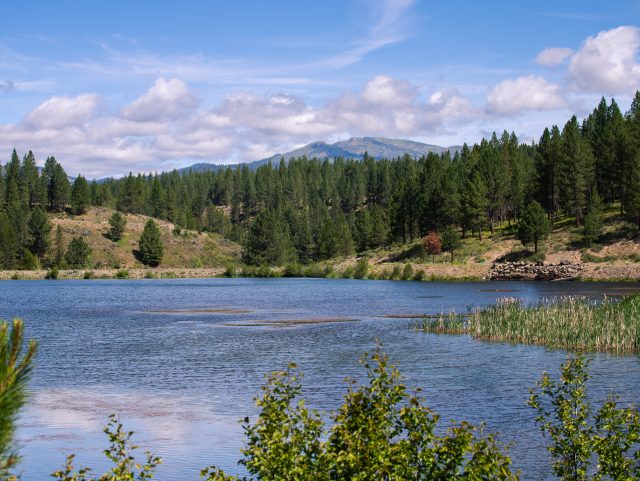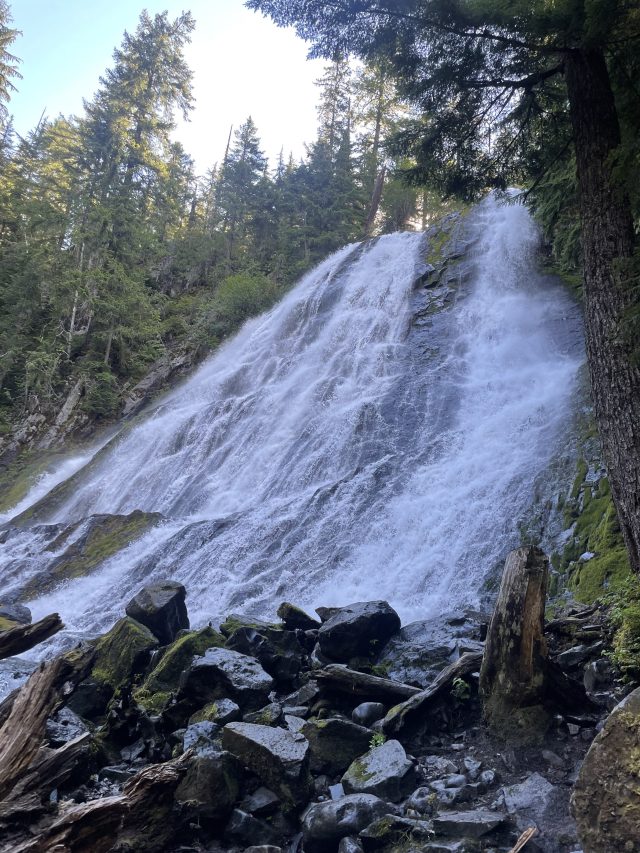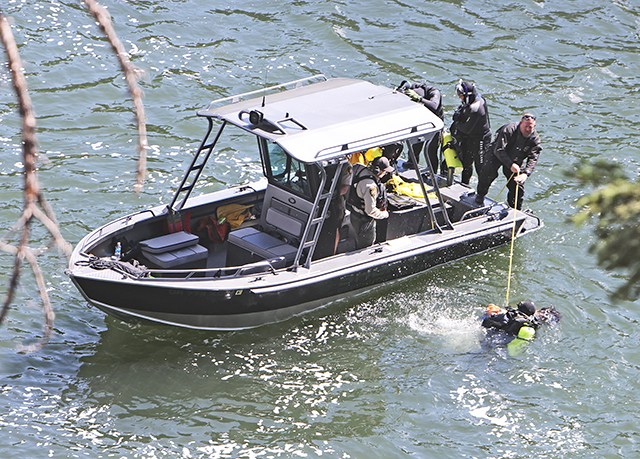Take a stroll through overlooked Bates State Park
Published 9:45 am Thursday, July 24, 2025
JOHN DAY — There is little doubt that we Oregonians love our outdoor spaces.
The state is home to a plethora of parks and wild places, where federally owned land makes up 53% of the state, and the state and municipal governments make up another 3%.
According to the Oregon State Parks service, the Beaver State consistently ranks in the top 10% of most visited state parks in the country. And with 361 state parks to choose from, there are bound to be a few that remain “undiscovered” by many.
Trending
One of the least visited among the hundreds of options is Bates State Park, located 30 miles east of John Day.
This sleepy park was once the bustling home of a log mill and an adjacent company town, and now hosts a lush campground and miles of easy and quiet walking trails that offer pastoral views and coniferous hillsides as well as the old mill pond that is teeming with avian and aquatic life.
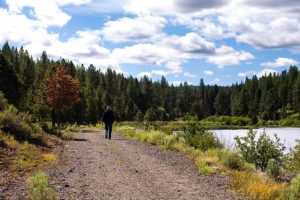
Mike Whittle walks along the Bates Pond Trail at Bates State Park on a morning in late June. (Makenzie Whittle)
The 131-acre park offers a tranquil respite from the hustle and bustle of Central Oregon’s packed summer season. And thanks to having little-to-no-cell phone reception, you can truly unwind here.
On a recent day trip out to Sumpter with my dad, Mike (more on that in next week’s article), we welcomed the quiet park as a great place to stop and stretch our legs with a nice walk around, taking in the verdant park’s scenery as well as the history of the space during the summer months.
Basecamp
Bates State Park sits within the banks of the Middle Fork John Day River, Bridge and Clear creeks, nestled between farmland and the Malheur National Forest. It features a rich riparian zone as well as forested hills to explore while there.
The former mill and townsite’s land was purchased by the Oregon Parks and Recreation Department in 2008, and its infancy is still evident in the more recently planted trees that have yet to provide full shade in the campground and day use areas. Despite the slower growth, the lush lawn is well-maintained, as is the large picnic pavilion and pit toilets, which were among the best I’ve ever seen.
Trending
The park is also a great place to base camp if you are looking to do some of the longer hikes in the area, like up Strawberry Mountain, Indian Rock or up through the Greenhorn Range of the Blue Mountains. But if you are looking for ease a little closer to your campsite, Bates also has over 3 miles of walking trails within its bounds for a nice and easy wander.
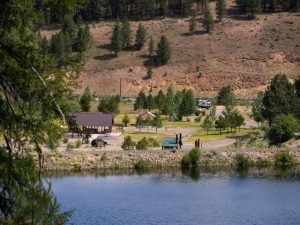
The day-use area of Bates State Park features a small parking area, a well-maintained vault toilet and large, picnic structure. (Makenzie Whittle)
The campground itself features 28 regular sites (primitive and all first-come, first served) and a hiker/biker camp (electric plug-ins available) for anyone riding on the Old West Scenic Bikeway.
That 173-mile loop takes travelers through not only stunning scenery around eastern Oregon but also features reminders of the area’s history. And though the visual reminders of that history are largely gone at Bates State Park, there is still plenty to absorb.
Company town
The land that Bates State Park sits on is the ancestral home of the Cayuse, Umatilla and Walla Walla peoples. But in much more recent history, the site was formerly a bustling mill and a small company town, which at one point had a population of around 400 people.
At the turn of the 20th century, a mill was set up by the Oregon Lumber Company in nearby Austin, which was the terminus of the Sumpter Valley Railroad at the time. But in 1917, the company closed that mill, opening a larger one a mile to the west, which would eventually be called Bates after one of the company’s partners, Paul Chapman Bates.
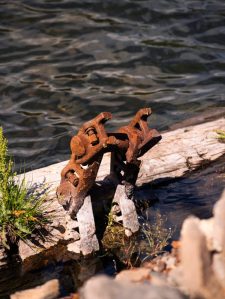
A rusted piece of metal attached to a log is one of the few reminders of the mill and townsite that occupied Bates State Park.
The mill grew with production at its height in the 1960s and ‘70s, producing over 180,000 board feet of lumber. The town grew too, hosting a dozen or so houses for workers with families, a hotel (where workers without families would live), a store, a church, a grade school and a community hall.
Soon, though, the mill’s time was over. It closed in 1975 after switching hands 15 years earlier to the Edward Hines Lumber Company.
The residents of Bates bought their homes for a dollar and either dismantled them or moved them completely to nearby towns, while the lumber company completely cleared the mill and townsite.
The land’s ownership then passed to the nearby Ricco ranch and its subsequent heirs until it was finally sold to the ODPR in 2008, and Bates State Park was born on a practically clean slate of land.
Walking history
Bates State Park is filled with interpretive signs about the old mill and town, as well as with stories from those who once lived there.
As you walk around the former mill pond or up the old roads that once saw log trucks hauling lumber to either the railroad in Austin or all the way to Baker City after the line shuttered in the 1940s, its hard to imagine such a peacful place was once busy and bursting with activity from the mill.
Now, one can sit and enjoy the serenity of the space without distraction and without crowds along a lonely stretch of highway in eastern Oregon.
IF YOU GO:
Where: Bates State Park
When: Open for camping and day-use May 1-Oct. 14
Cost: Free for day-use
Contact: stateparks.oregon.gov
Getting there: From Prineville, drive 144 miles on U.S. 26 East, then turn left onto Oregon Route 7 towards Sumpter and Baker City and drive for one mile. Then turn left onto Middle Fork Lane/County Road 20 and drive for a half-mile and Bates State Park is on the left.


